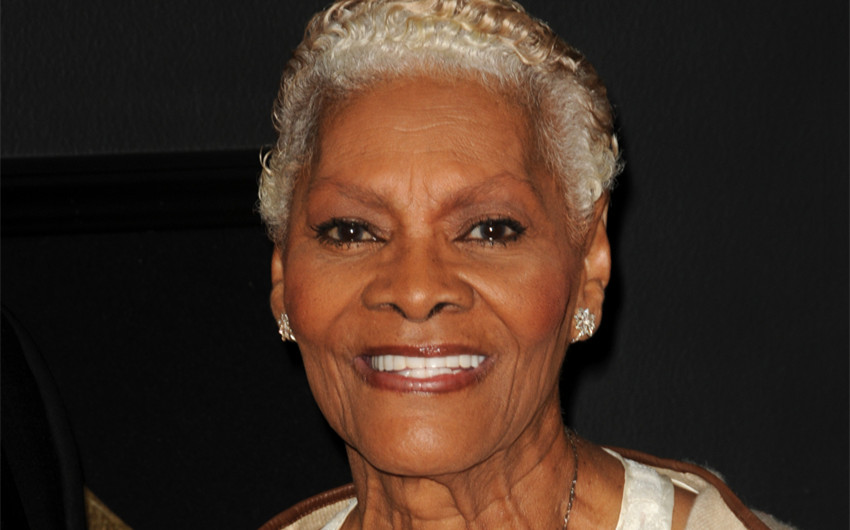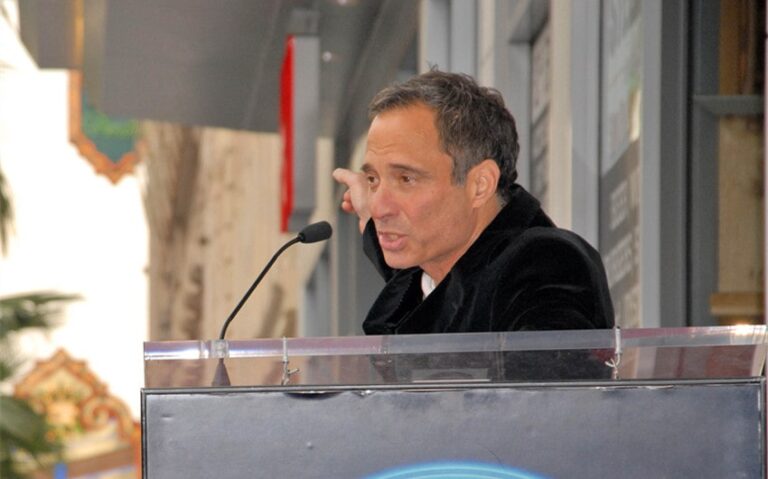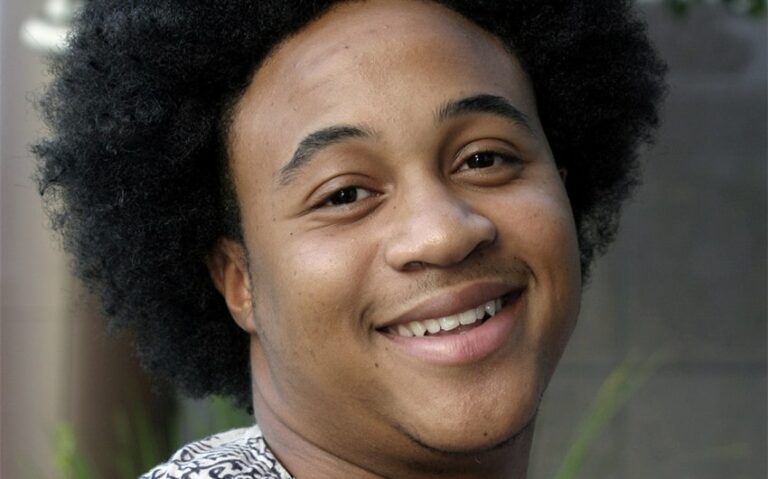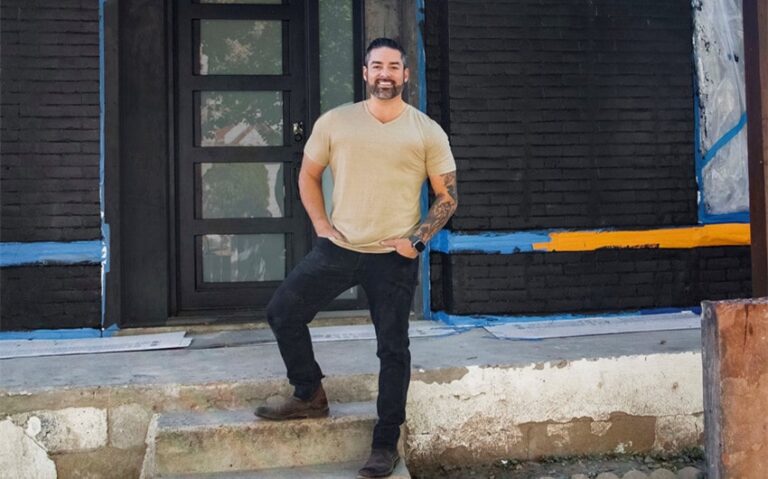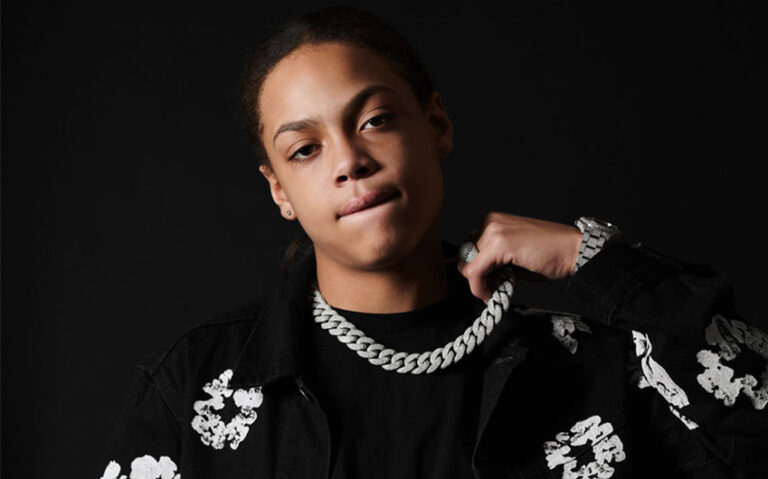Dionne Warwick’s Highest Net Worth: Music, Fame, and Financial Highs
Dionne Warwick’s highest net worth wasn’t just the result of iconic music—it reflected a lifetime of strategic decisions, mainstream success, brand deals, and resilience through adversity. As one of the most successful female vocalists of all time, Warwick carved out a unique space in the music industry across six decades.
While she eventually faced financial troubles later in life, there was a distinct period when her wealth peaked, showcasing the immense value of a career built on longevity, cultural relevance, and universal appeal.
The Golden Era: 1960s–1970s Chart-Topping Success
Dionne Warwick rose to fame in the early 1960s, when she became the voice behind many of the most beloved songs written by Burt Bacharach and Hal David. Tracks like “Walk On By,” “I Say a Little Prayer,” “Do You Know the Way to San Jose,” and “Anyone Who Had a Heart” catapulted her to stardom. Her elegant vocal delivery, paired with sophisticated arrangements and poignant lyrics, set her apart in a crowded industry.
By the late 1960s, Warwick had sold millions of records and earned her first Grammy Award. She became the first African American female artist to win the award for Best Contemporary Pop Vocal Performance, marking a milestone in both music and social history.
During this era, Warwick earned considerable income from record sales, live performances, and royalties. Concert tours in the U.S. and internationally added to her financial profile, and she was a regular guest on television variety shows—bringing in further revenue and expanding her brand visibility.
Though artists of that era did not always receive the kind of financial backing and control over masters that modern performers enjoy, Dionne Warwick’s earnings were nonetheless substantial by the standards of the time. Her management deals and record contracts brought in steady revenue, and by the end of the 1970s, she was a household name with a multi-million-dollar portfolio.
Diversification and Public Presence: 1980s–1990s
The 1980s and 1990s were pivotal for Dionne Warwick—not just in terms of music but also in diversifying her career. In 1985, she teamed up with Elton John, Gladys Knight, and Stevie Wonder to record “That’s What Friends Are For,” a massive hit that also raised millions for AIDS research. The single won two Grammy Awards and topped charts worldwide. While much of the proceeds went to charity, the attention it brought reinvigorated Warwick’s musical career and public image.
In addition to her music, Warwick stepped into television. She hosted the popular music countdown show Solid Gold from 1980 to 1981 and again in the mid-1980s. These TV appearances paid well and kept her in the public spotlight, bringing in new streams of income.
Warwick also embraced commercial partnerships during this time. She endorsed the Psychic Friends Network—a 900-number service that exploded in popularity in the late ’80s and early ’90s. While the business itself eventually collapsed, reports suggest Warwick earned over $3 million as its celebrity spokesperson. Her face and voice became instantly recognizable in households across America.
This period is widely regarded as the time when Dionne Warwick’s net worth reached its highest point. By most estimates, she was worth between $15 million and $20 million in the late 1980s and early 1990s. This figure included earnings from her continued music catalog, television roles, commercials, and savvy investments. Her reach extended beyond music, placing her firmly in the league of multimedia celebrities—a rarity for performers from her generation.
Financial Troubles and Bankruptcy Filing
Despite the wealth accumulated during her peak, Dionne Warwick’s financial fortune began to decline in the early 2000s. Multiple factors contributed to her financial downturn, including lifestyle expenses, declining album sales due to industry shifts, and accumulating tax obligations.
The most public indicator of her financial challenges came in 2013, when Warwick filed for Chapter 7 bankruptcy in New Jersey. At the time, she reported assets of just $25,500 against liabilities exceeding $10 million, most of which stemmed from unpaid federal and state taxes. The filing cited poor financial management, inaccurate royalty payments, and penalties that had ballooned over time.
Warwick’s legal team argued that much of the debt resulted from mismanagement by previous business advisers and accountants. Nonetheless, the bankruptcy marked a sharp contrast from her earlier financial standing. It also highlighted the vulnerability that many artists face when navigating decades-long careers without consistent financial planning or reliable oversight.
Although she emerged from bankruptcy with her dignity and reputation largely intact, the fallout from this period impacted her credit, public image, and potential for future business ventures. Warwick spoke openly about the experience in interviews, using it as an opportunity to advocate for better financial literacy and artist protections.
Comeback, Social Media, and Late-Career Resurgence
In recent years, Dionne Warwick has experienced an unexpected resurgence in popularity—thanks in part to her charm, humor, and candid presence on social media. Her Twitter account became a viral sensation, with posts that ranged from witty commentary on pop culture to hilarious jabs at celebrities, all delivered in her unmistakable voice.
This online revival brought Warwick back into the public eye, attracting a younger generation of fans who had previously known her only through samples and references in modern music. Her ability to remain relevant in an era dominated by digital media speaks to her adaptability and enduring appeal.
Warwick capitalized on this renewed fame with new musical projects, including collaborations with contemporary artists and participation in televised specials and podcasts. She launched limited merchandise collections and received invitations to appear at high-profile cultural events. These activities brought in fresh income, although not at the levels seen during her career peak.
She also continues to earn from royalties generated by her vast catalog of music. Songs from her golden era are still featured in films, commercials, and streaming playlists, providing a steady trickle of passive income. Rights to classic hits remain valuable assets, especially given the global reach of her music.
While her current net worth is estimated at around $500,000 to $1 million, it reflects not only past setbacks but also a renewed stream of modest earnings. More importantly, Warwick’s financial situation has stabilized in recent years, thanks to smarter management and sustained public interest.
Dionne Warwick’s Highest Net Worth: When and How Much?
Based on available reports and industry estimates, Dionne Warwick’s highest net worth occurred during the late 1980s to early 1990s, when she was reportedly worth between $15 million and $20 million. This period represented the culmination of three decades of professional success, combined with new ventures in television and advertising that diversified her income beyond music.
Here’s a breakdown of what contributed to her financial peak:
-
Record sales and touring: Warwick had more than 75 charted hits and sold over 100 million records worldwide. These numbers translated into multi-million-dollar earnings over time, particularly before the era of digital piracy and streaming royalties.
-
Television hosting and acting roles: Appearances on shows like Solid Gold and various specials brought both visibility and financial rewards.
-
Endorsements and commercials: The Psychic Friends Network deal, although controversial, paid Warwick millions. She was one of the highest-paid African American women in advertising at the time.
-
Collaborations and charity work: Hit records like “That’s What Friends Are For” renewed her musical relevance and ensured sustained royalties.
-
Investment income and savings: Though less documented, Warwick likely had diversified assets during her peak, including real estate and investment accounts.
By contrast, her financial low point came in the early 2010s, culminating in bankruptcy. Still, her resilience and cultural relevance helped her rebound—if not to her previous financial heights, then at least to a place of renewed stability and admiration.

